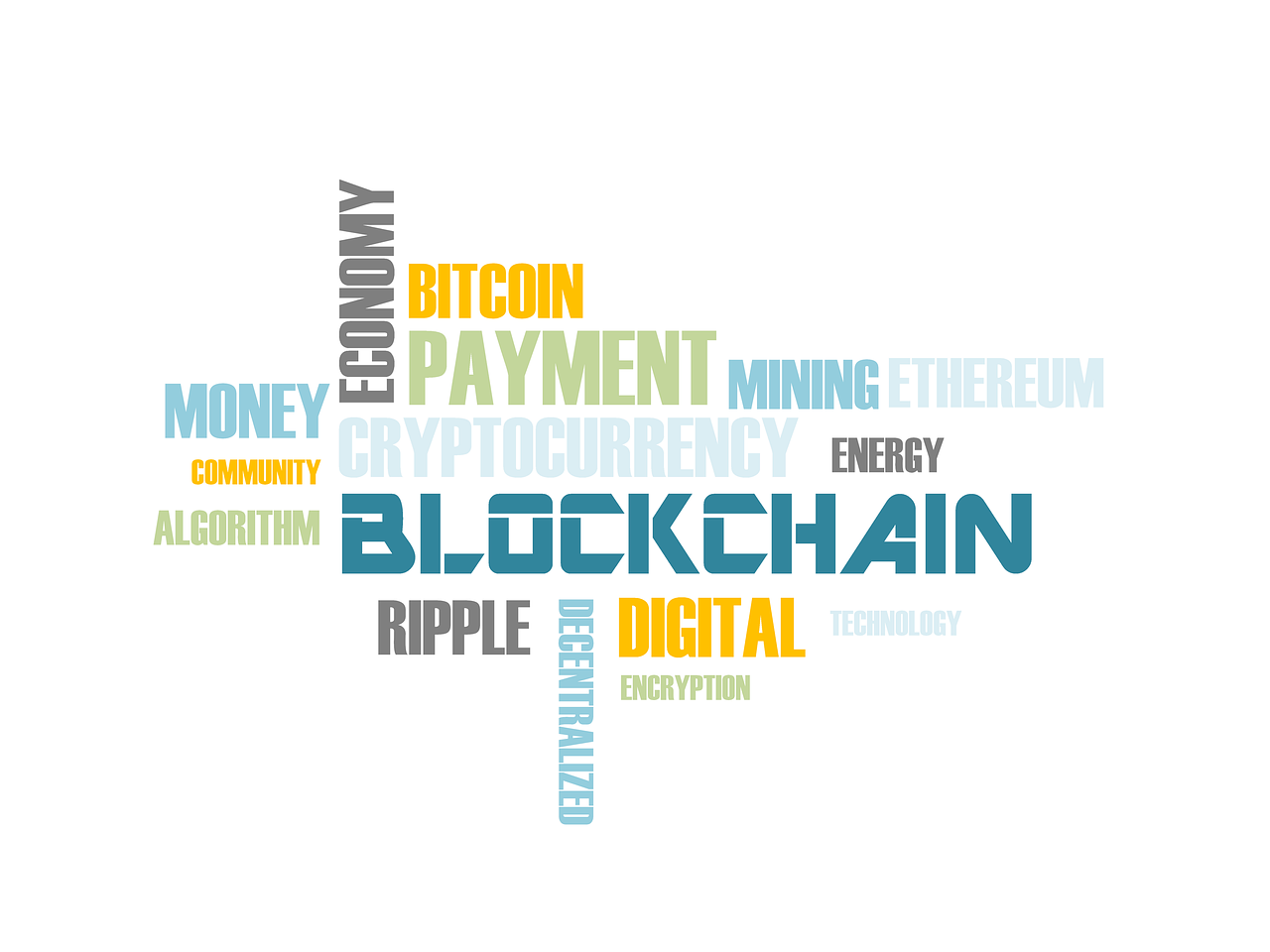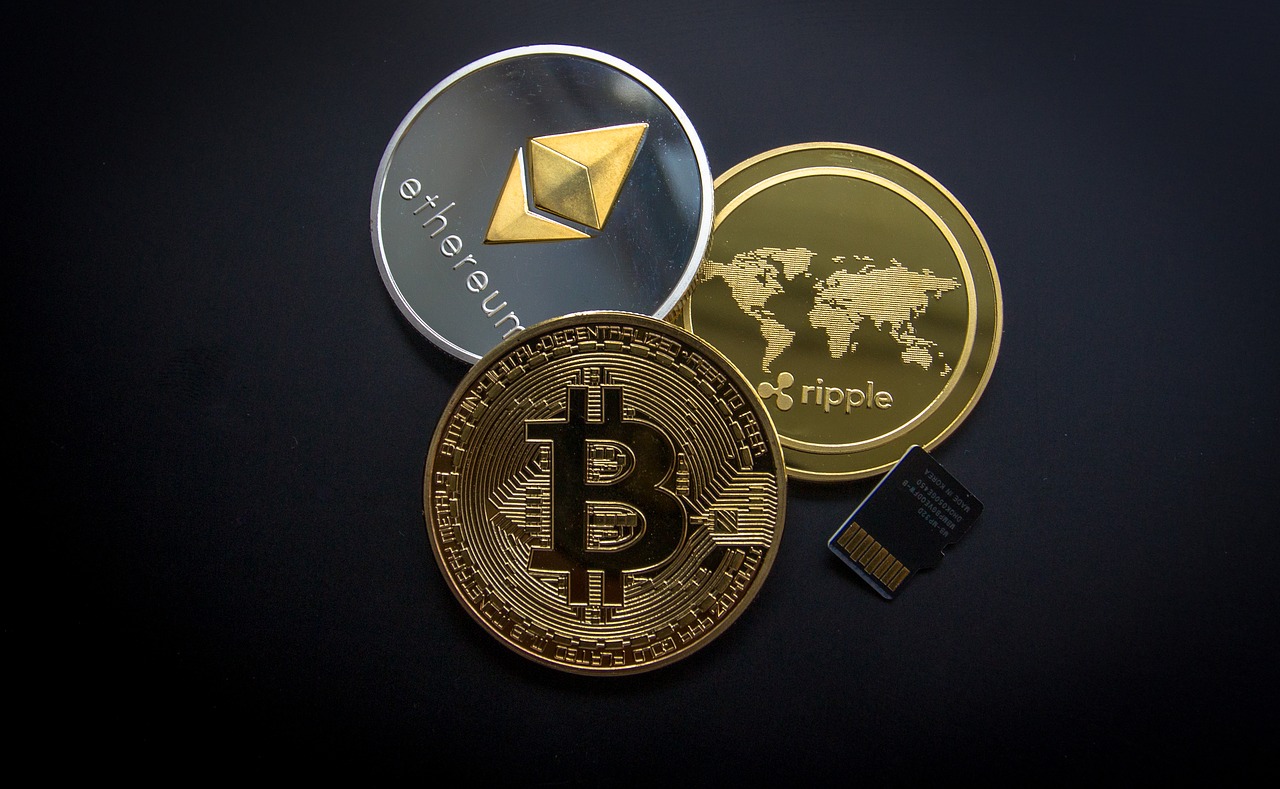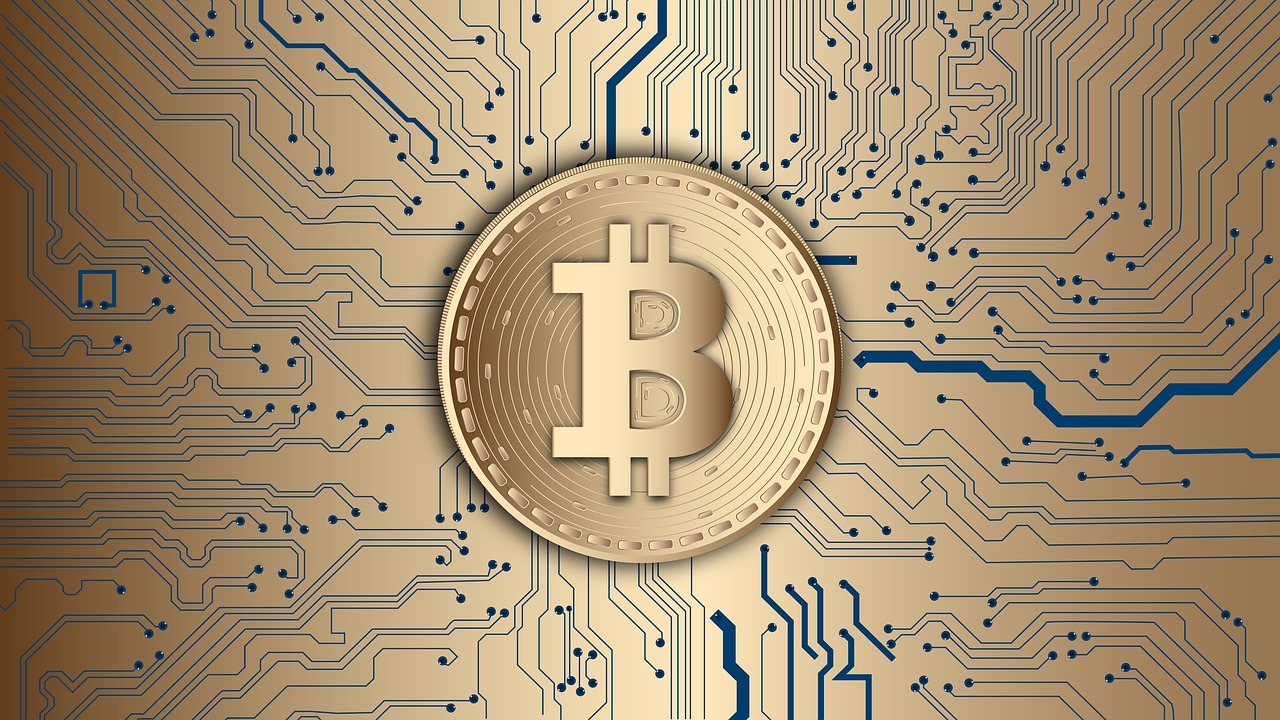 6 July 2018
Intellectual Property Unit / News_it/en
0 Comment
6 July 2018
Intellectual Property Unit / News_it/en
0 Comment
BLOCKCHAIN & IP
The concept of blockchain technology, presented for the first time in 2008 by the pseudonym Satoshi Nakamoto, regards to the possibility of creating a shared and transparent database, able to record and track transactions and resources; initially developed to manage and give evidence of exchanges through bitcoins, a digital currency based on cryptography (cryptocurrency), blockchain is a technology capable of a revolutionary impact on various sectors.
The blochchain acts as a public and shared registry that updates automatically; this type of register allows network operators to: store and transfer with certainty every information through the use of an algorithm; have a public and updated copy, in real time, of the data thanks to a synchronization of the informations; trace the digital identity of the user authorizing exchanges. The advantages of this technology are: digitization of documents, currencies and contracts, as everything is transformed into code, without however losing its concreteness, thus favoring an easy transfer of value regardless of the geographical location of the users; integrity and security of exchanges that are validated, confirmed and annotated within a single, public and universal register, without intermediation of brokers or agents; absence of a central command authority that affords a not centralized management of the transactions, based on a “peer-to-peer network”, less governable from the top and less attackable; implementation of a trust-free asset management system that overcomes the traditional trust-based model of commerce; disintermediation of monetary, financial and commercial models based on trust to third parties; irrevocability of the transactions, making the respective traces more accurate.
Moreover, the blockchain can be used to record and certify any type of digital content, ensuring the authorship of the work from the point of view of creation and registration. With regard to an opera, there are several cases of application: evidences concerning the origin; protection of intellectual property rights; control and traceability of the «use chain»; demonstration of the originality and the first use; digital rights management; protection and enforcement of IP agreements through smart contracts; transmission of payments in real time to IP rights holders; anti-counterfeiting.

Regarding the specific application of blockchain technology in the copyright, it is assumed that when a work is uploaded on the Internet, it is difficult to maintain control, monitoring who is using the work and for what purpose. The use of blockchain technology, as an IP registry, affords tracing the “use chain” of the work through a system of licenses, sub-licenses and assignments, simultaneously disabling a licensee when its rights have expired. The blockchain offers an opportunity to record a digital work in a transparently and irrevocably way, giving the authors the evidence of the authenticity and ownership of own works; moreover, due to the absence of a centralized management direction, the sending of data takes place quickly, safely and economically, streamlining the chain of intermediaries and recording in an indelible way all the previous traces. The blockchain technology allows to protect the authorship of a work by inserting a frangment code containing all the most important informations: author, creation date, description, use licenses; by this way, counterfeiting a work is more difficult. Other advantages of the blockchain applications in this area are: the possibility of making micro-payments with minimal transaction costs; the transparency about the entire creative-production cycle; a simplified management of possible crowdfunding initiatives.
Today several companies deals with certification of copyright through blockchain technology, thus offering cheap and fast services. An example is Blockai, a platform that ensures to drag the file to be registered on the relative interface of the site, generating, by this way, a certificate that, due to the ID of the transaction, can not be counterfeited; another platform is Polline, which uses blockchain technology to protect the authorship of a digital work; once the protecting content is inserted into the blockchain, Polline issues the authorship certificate with the ID of the transaction and a certain date.
The capacity of theblockchain tecnology about tracing intellectual property rights could also have an application in the trademarks. As a widespread database that keeps track of every operation carried out in order to avoid possible frauds, the blockchain allows to check whether a potential trademark is identical or similar to existing brands; moreover, traces could be gathered about the effective use of a brand, immediately informing the competent offices and thus reducing the burden on companies to collect the relevant proof of use; finally, having the potential to create a unified global transaction system, the blockchain could afford the implementation of an intelligent IP registry system, recognized in several countries and which could serve as a centralized solution for registration and retention of all events concerning the life of a registered IP right.

Another useful feature of the blockchain are the “smart IP” contracts, more commonly called smart contracts, which improve the management of sales and licensing of a work. An intelligent contract is based on a program code capable to ensure the certain execution and the respect of a contract; for example, in the area of IP rights, it would allow to automatically execute licenses in case of use of a work. Therefore, the terms of the contract are pre-programmed, avoiding, by this way, further administrative costs for the parties; micropayments can be automatically associated for the use of every content, remunerating the author without further costs of transactions. For example, the Ujo Music platform has implemented blockchain technology in own business model to rectify what it describes as “inefficiency in the music industry“; in collaboration with British singer-songwriter Imogen Heap, her song “Tiny Human” on blockchain was published; by this way, users were able to purchase licenses to download, transmit, remix and synchronize the song through smart contracts, with each payment automatically split on the blockchain and sent directly to Imogen Heap. This example demonstrates how Blockchain technology is transforming the digital distribution channel, giving artists tools to better control and exploit their creative works and achieve fair and efficient remuneration.
In light of the above mentioned scenarios, we can well understand how crucial the use of blockchain technology will be in the near future, offering a transparent system that will prohibit any changes on what has already been recorded. Also EUIPO has underlined the importance of exploring the potential of this new technology in terms of guaranteeing the unalterability of shared data, thus offering an effective action against illegal activities and an adequate form of protection of the authenticity of the products.
With thank to De Tullio&Partners.
Fabiano DE LEONARDIS
Intellectual Property Unit


